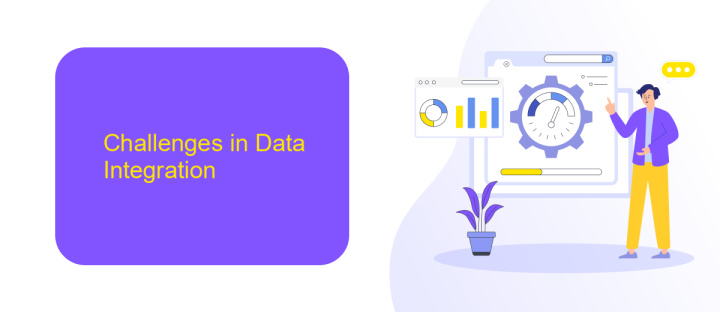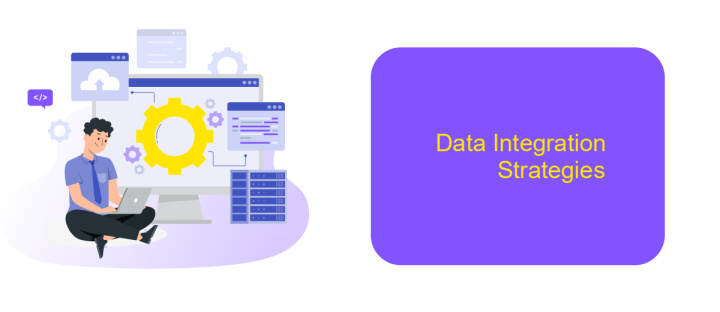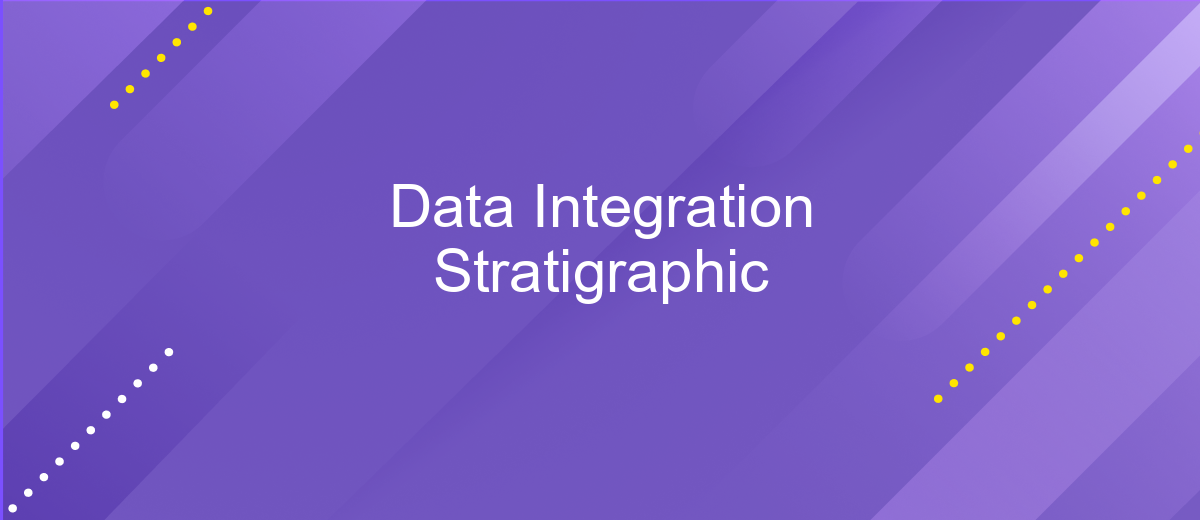Data Integration Stratigraphic
Data Integration Stratigraphic is a critical methodology in geosciences, enabling the seamless combination of diverse datasets to create a cohesive geological timeline. By integrating data from various sources such as seismic surveys, well logs, and core samples, this approach enhances the accuracy of subsurface models, facilitating better decision-making in exploration and resource management.
Introduction
Data integration in stratigraphy is a critical process that involves combining data from various sources to create a cohesive and comprehensive understanding of geological layers. This process is essential for geologists and researchers as it helps in the accurate interpretation of stratigraphic sequences, facilitates better decision-making, and enhances the overall understanding of the Earth's history.
- Combining diverse data sets such as geological maps, core samples, and seismic data.
- Ensuring data consistency and accuracy through standardization and validation techniques.
- Utilizing advanced software tools and algorithms for data analysis and integration.
Effective data integration in stratigraphy not only aids in the reconstruction of past geological events but also plays a pivotal role in resource exploration, environmental studies, and hazard assessment. By leveraging integrated data, scientists can develop more accurate models and predictions, ultimately contributing to the advancement of geological sciences.
Challenges in Data Integration

Data integration presents several challenges that organizations must address to ensure seamless and accurate data flow. One of the primary challenges is data inconsistency, which arises when data from different sources have varying formats, structures, or semantics. This inconsistency can lead to errors and misinterpretations, making it difficult to achieve a unified view of the data. Additionally, the sheer volume of data and the speed at which it is generated can overwhelm traditional data integration methods, necessitating more robust and scalable solutions.
Another significant challenge is the complexity of integrating data from diverse systems and platforms. Each system may have its own unique protocols, security measures, and data models, making integration a daunting task. Tools like ApiX-Drive can help mitigate these issues by providing automated integration services that streamline the process and reduce manual effort. ApiX-Drive enables organizations to connect various applications and data sources effortlessly, ensuring that data flows smoothly and consistently across the entire ecosystem. By addressing these challenges, organizations can unlock the full potential of their integrated data, driving better decision-making and operational efficiency.
Benefits of Data Integration

Data integration in stratigraphic analysis offers numerous advantages that significantly enhance the accuracy and efficiency of geological studies. By consolidating diverse datasets, researchers can gain a more comprehensive understanding of subsurface structures and geological history. This holistic approach enables better decision-making in fields such as oil and gas exploration, environmental monitoring, and natural resource management.
- Improved Data Quality: Integrating multiple data sources helps identify and rectify inconsistencies, leading to more reliable results.
- Enhanced Collaboration: Unified data platforms facilitate collaboration among geologists, engineers, and other stakeholders, fostering a multidisciplinary approach.
- Cost Efficiency: Streamlined data processes reduce redundancy and operational costs, making projects more economically viable.
- Time Savings: Automated data integration accelerates analysis, allowing for faster project timelines and quicker response to geological challenges.
- Comprehensive Insights: A unified dataset provides a holistic view, enabling more accurate interpretations and predictions.
Ultimately, data integration in stratigraphic analysis not only improves the quality and reliability of geological interpretations but also fosters innovation and efficiency in various applications. By leveraging integrated datasets, professionals can make more informed decisions, optimize resource management, and advance scientific research in geology.
Data Integration Strategies

Data integration is a critical process in the realm of stratigraphic analysis, enabling the consolidation of diverse datasets into a cohesive framework. Effective strategies ensure that data from various sources are harmonized, facilitating accurate interpretations and decision-making. The integration process must be meticulously planned to address the unique challenges posed by different data formats, scales, and resolutions.
One of the primary strategies involves the use of standardized data formats and protocols, ensuring compatibility and ease of merging datasets. Additionally, leveraging advanced software tools and platforms can significantly streamline the integration process, enhancing efficiency and accuracy. Collaboration among multidisciplinary teams is also essential, as it brings together diverse expertise and perspectives, fostering innovative solutions.
- Standardizing data formats and protocols
- Utilizing advanced software tools and platforms
- Fostering collaboration among multidisciplinary teams
By implementing these strategies, organizations can overcome the complexities of data integration in stratigraphic studies. This holistic approach not only improves data quality but also enhances the overall analytical capabilities, leading to more robust and reliable geological interpretations.
Conclusion
In summary, the process of data integration stratigraphic is essential for ensuring that diverse datasets are harmonized and utilized efficiently. By employing robust methodologies and tools, organizations can streamline their data workflows, enhance data consistency, and derive more accurate insights. Effective data integration not only supports better decision-making but also fosters a more cohesive data environment that can adapt to changing business needs.
Furthermore, leveraging platforms like ApiX-Drive can significantly simplify the integration process. ApiX-Drive's capabilities allow for seamless connections between various data sources and applications, automating data transfer and synchronization. This reduces manual intervention and minimizes errors, making it an invaluable tool for organizations looking to optimize their data integration strategies. As businesses continue to grow and evolve, the importance of efficient data integration will only become more pronounced, underscoring the need for reliable solutions like ApiX-Drive.
FAQ
What is Data Integration in Stratigraphic Analysis?
Why is Data Integration Important in Stratigraphy?
What are the Common Challenges in Data Integration for Stratigraphic Studies?
How Can Automation Help in Data Integration for Stratigraphy?
What Steps are Involved in Setting Up Automated Data Integration?
Apix-Drive is a simple and efficient system connector that will help you automate routine tasks and optimize business processes. You can save time and money, direct these resources to more important purposes. Test ApiX-Drive and make sure that this tool will relieve your employees and after 5 minutes of settings your business will start working faster.

